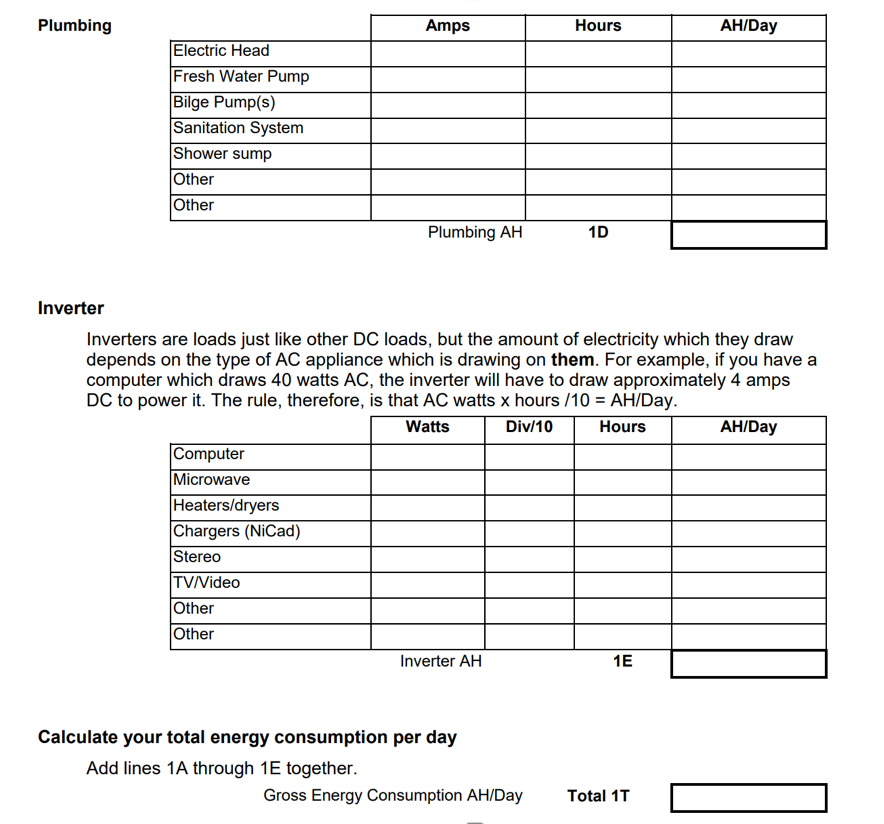Take A Wattage Inventory of Your Boat
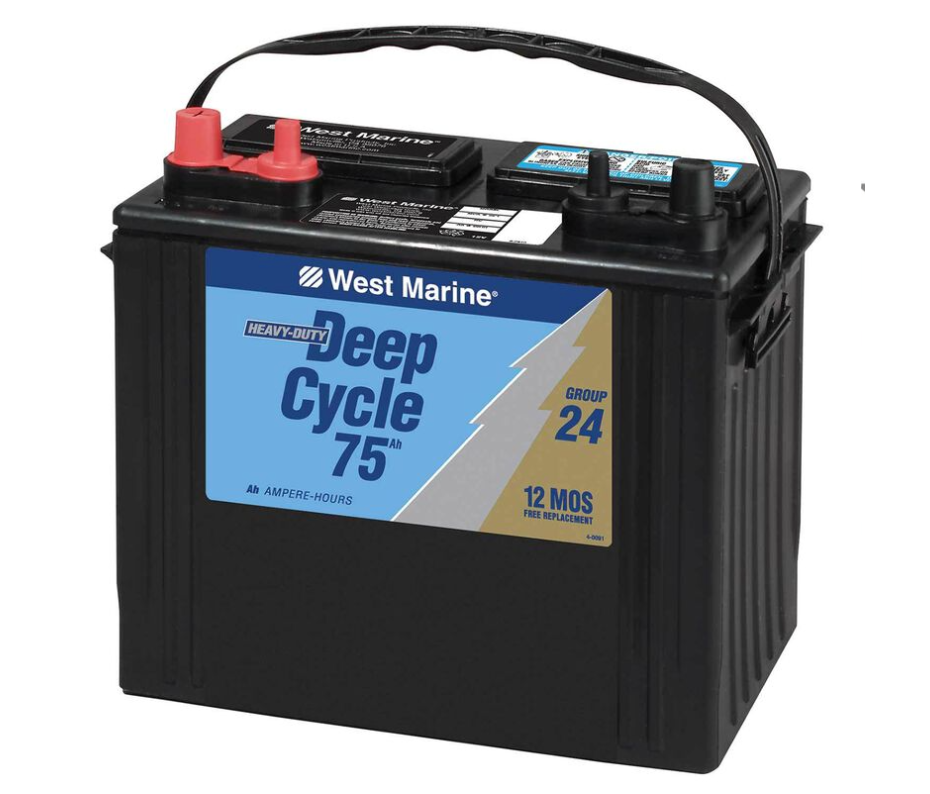
When the last dock line is pulled and you are floating free in the water, your vessel is isolated from any of the support facilities that are part of our everyday lives. You are on your own. If your planning has gone well and you have educated yourself on the systems onboard, you can look forward to an excellent and enjoyable boating experience.
One of the categories on your vessel that is essential to your enjoyment is the electrical system.
Do Your Research
But many boaters are in the dark about the type and quantity of electrical energy that is available to them. Many do not understand how the power is used. For purists, electrical engineers and those that remember their high-school science, one unit of energy is one joule.
Instead of talking about joules, one term that people are more likely to understand when it comes to electrical energy is watts. Just about everyone has bought a light bulb for a fixture. We relate to the wattage of that light bulb — the light it throws and the power it consumes.
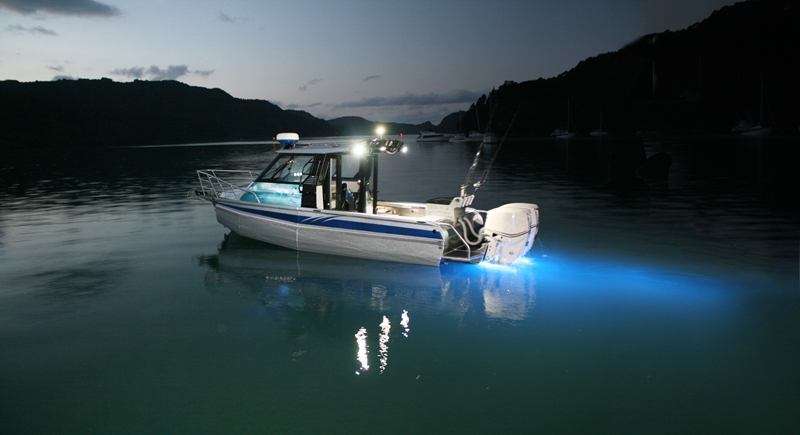
Many boaters have spent a night at anchor and had the fridge quit, resulting in warm beverages and spoiled food, among many other potential problems. Because of situations like that, knowledgeable boaters are probably the most miserly when it comes to conserving energy, especially sailors. After all, the wind is free!
We applaud that attitude and hope that you apply the energy-saving principles that you have learned from boating at home and at work. Energy efficiency is en vogue and it seems everybody is going "greener." This article will help to de-mystify electricity and will guide you to the more efficient use of it.
Watt’s the Big Deal?
Watt/hour is the term I need you to understand. A watt is a watt; the source or type of electrical energy does not make any difference. It is still a watt. If it comes from your onboard "house" battery, it's a watt. If it comes from shore power or the wall plug in your home or office, it is a watt.
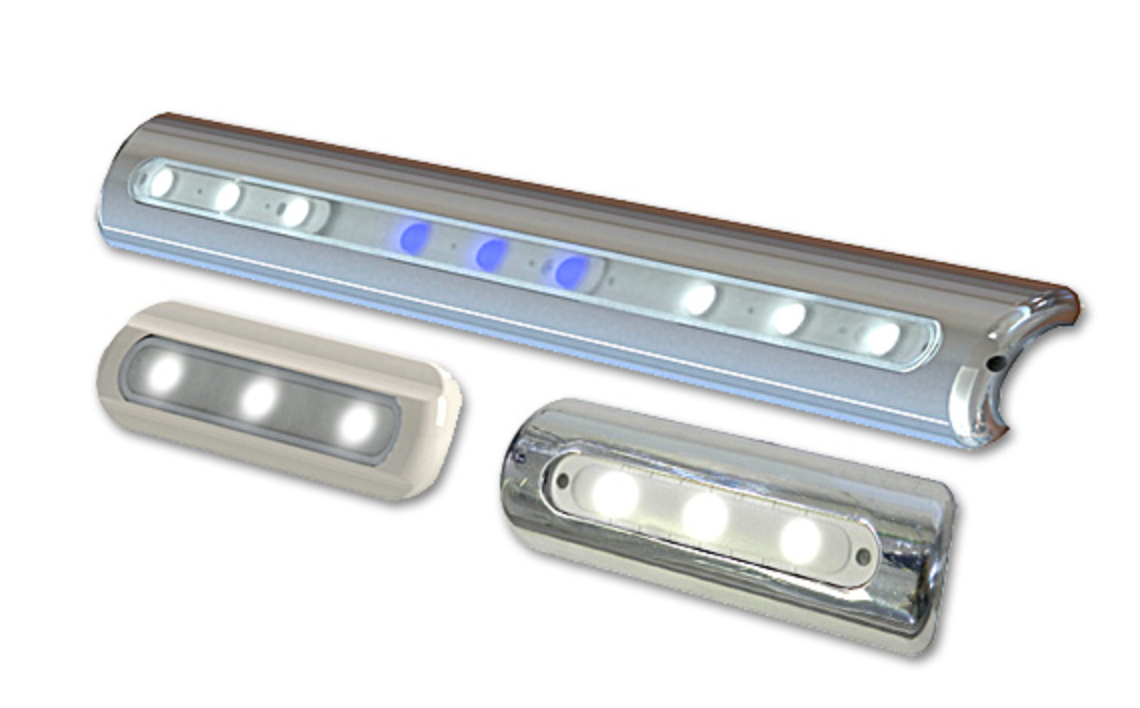
An example of this is the lamp that you may be reading this by. It may have 100-watt bulb. If it takes you one hour to read this, you will have used 100 watts. If you have the light on for 5 hours, you will use 500 watt/hours. If it is on for 10 hours, it will consume 1,000 watt/hours or 1 kilowatt (kWh). Your home electrical bill is based on kilowatt-hours.
All electric lights, appliances, electronics, everything that requires electricity has a manufacturer's wattage rating. It does not matter if it is direct current [DC] or alternating current [AC]. Knowing this will make it easy for you to figure out how long you can stay out on anchor without running out of electrical energy. It's a matter of simple mathematics.
For the purposes of simplicity, all numbers will be rounded. Each of you will need to find your own wattage rating and note your operation times in minutes or hours. Remember, each of you uses energy in a different way and in different amounts. A family with children will have the fridge door swinging continually and will require more energy than two adults who are rarely in the fridge.

Know the Output
A typical house battery is approximately 12” long by 8” wide by 9” high (30.48 cm x 20.32 cm x 22.86 cm). [BCI Group 27]. The only rating that you need to pay attention to be the 20-hour discharge and on this battery, it is about 100 amps. The available wattage stored in a new fully charged battery of this size is 1200 W. This wattage is determined by taking the voltage (12 volts), multiplying by 100 amps, (the 20 hour rating is 100 amps) equals 1200 W.
You now have 1200 W available to use while at anchor. We need to list out the wattage used for each item. If it is not labeled, the manufacturer will know the figures. (Web sites are a great source of this information). An anchor light has a 30-watt bulb. You turn it on at 9 p.m. and you turn it off at 7 a.m. Operating hours are 10 hours. Energy consumed is 30 watts times 10 hours equals 300 W hours.
Your bilge pump operates for one hour during the night. You don't know the wattage, but you know the amperage. Assume 10 amps times the voltage (12 volts) times 1 hour equals 120 watt/hours used.
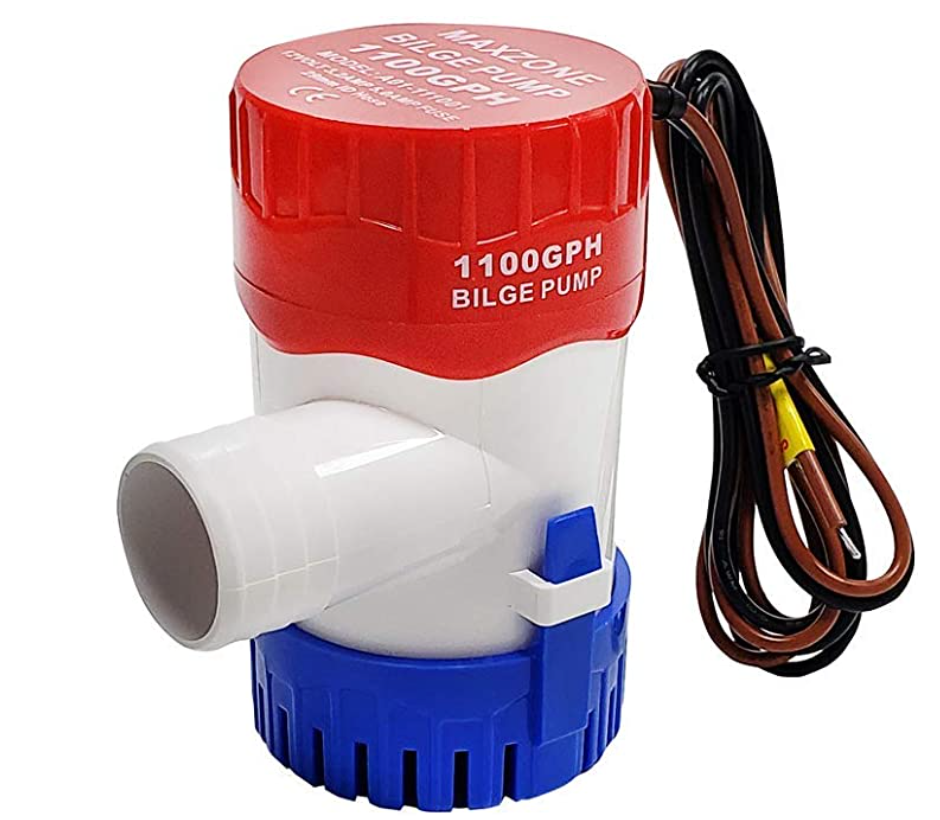
When we add the anchor light to the bilge pump, we get a total of 460 watts used from the storage battery overnight. Because the storage battery has 1200 W available for use, you have 740 watts to consume before you need to recharge the battery. Using just these numbers, you will know that you can stay on the anchor for two full nights.
By making simple changes to the fixtures, you can lower the watts. Shop for a bilge pump that only draws 60 watts. Find an anchor light only consumes 5 watts and all the numbers change. Instead of two nights, you could stay out for four and still have energy to spare for other toys. If you go through every item on your vessel that uses energy and apply the math, [watts times hours of use] you will be more comfortable and confident in yourself when the dock lines have been cast off and you are living alone on the anchor.
Before you start going through the wattage draws on your vessel, for practice, do your home check on your fridge, television, stereo system, DVD player, computer and your lighting; anything that uses electricity. It will give you an idea of where your power is going. When you make changes, look for the lowest wattage appliances to suit your lifestyle and you will save a bucket of money. With the money you save, you will be able to afford more toys for your boat to get more enjoyment and enhance your lifestyle.
Electrical Budget Work Sheet

